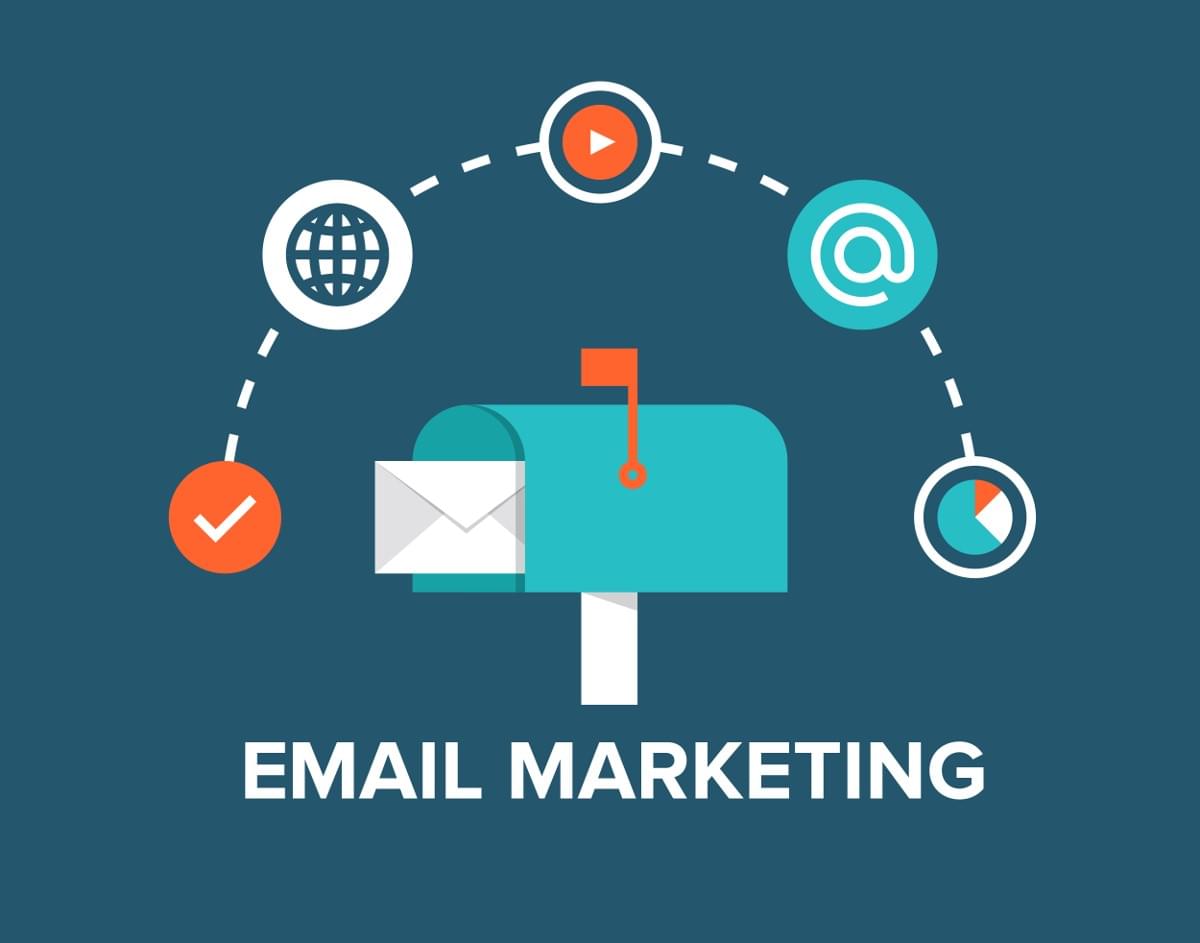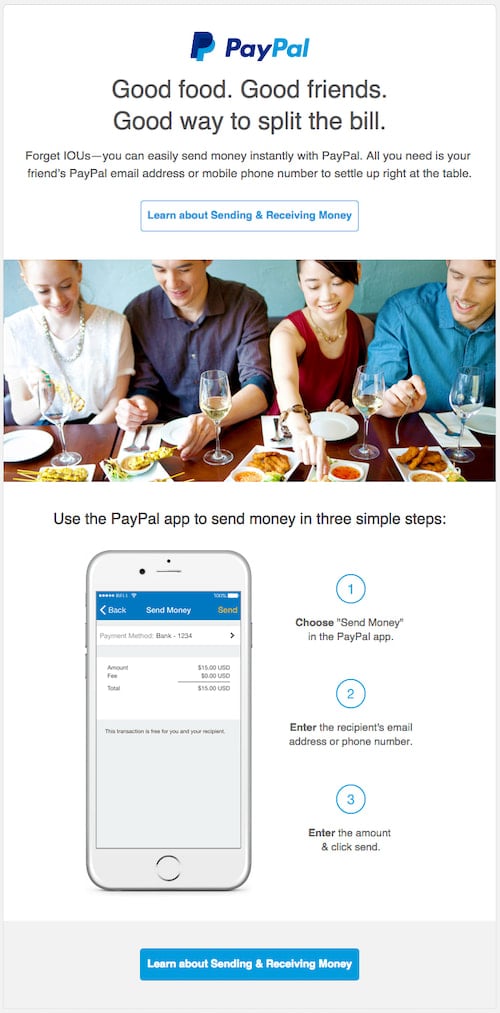Blog post 3: Email marketing- how to use it to reach your target audience and build customer relationships

What is email marketing?
Essentially, the use of email to endorse products and/or services. But a better email marketing definition is the use of email to develop relationships with potential customers and/or clients. Email marketing is one section of internet marketing, which encompasses online marketing via websites, social media, blogs, etc. It is essentially the same as direct mail except that instead of sending mail through the postal service, messages are sent electronically via email. Email marketing is also known as direct email marketing. Much of the spam email we all get announcing ‘deals’ on this, and that is a good example of email marketing at its worst; the mindless email barrage. Someone somewhere buys an email list (or several!) and sends an email along the lines of “Get ___________ (the product name) for only £_____! (the amount) to everyone on the list – sometimes repeatedly. All this does is annoy everyone and give email marketing a bad name.
Why Email Marketing Is Still Relevant
- 94% of Internet users use email, while only 61% use social media
- 75% of adult online users say that email marketing is their preferred marketing method
- the “opt-in” feature of email allows marketing by consent
- email marketing allows targeting by demographics (age, income, etc.)
- email messages have a much wider range of formatting possibilities than social media messages
- email offers more reporting and analytics capability, such as click-through rates, open rates, bounce rates, and conversions
The benefits of email marketing have been documented by a few authors. Jackson and DeCormier (1999) recognized that email provided marketers with communication that permitted relationship building and real-time interaction with customers. Wreden (1999, p3) described email marketing as the ‘Internet’s killer application’ because of the precision with which email can be tailored, targeted and tracked. Low costs and digital processing allows companies to send out huge numbers of emails. The medium is push rather than pull, the consumer does not have to instigate the interaction, and currently response rates are high (Di Ianni 2000; Rosenspan 2000). Peppers and Rodgers (2000, p 4), claim that ‘clear benefits, including high response rates and low costs are rapidly turning email marketing into an invaluable tool’. Email marketing can be used for acquisition or retention; this paper focuses on acquisition email marketing, marketing designed to win rather than retain customers. Another advantage of email over social media (Facebook) is that prospects and customers are more likely to see an email than social media. Just posting something doesn’t mean that everyone you want to see your message will see it. Your post might not even show up in your targets’ social media streams. However, an email will sit in the inbox until it’s read (or deleted).
Guide on how to create a successful email marketing campaign
- Step 1: Establish your goals- The key to establishing the correct goals for your email marketing initiative is to align them with your company’s wider marketing goals & KPIs. Is the goal to drive new signups for your product?
- Step 2: Build your email list- There are a couple of different ways you can build your email list, but the right method for each campaign really depends on the goals you establish in Step 1.
- Step 3: Select the type of campaigns you want to send- There are a number of different types of email campaigns marketers like you can send to subscribers, and the type you choose really depends on the goals you established in Step 1.
- Step 4: Create your first campaign- Now that you’ve decided on your goals, built a bit of an audience and selected the type of campaign you’re going to send, it’s time to start building your email.
- Step 5: Measure your results- There are two places through which you can track the success of your email marketing campaigns: Your email marketing tool (such as Campaign Monitor) and your website analytics tool (such as Google Analytics).
An example of a successful email marketing campaign: PayPal
Not only is the opening copy clever and concise, but the entire concept also reflects a repeatable benefit of using the service. Think about it: How many times have you been in a situation where you went out to dinner with friends and then fussed over the bill when it came time to pay? By tapping into this common pain point, PayPal can pique the interest of its audience.

Conclusion
Targeted email marketing may seem complicated at first, which is one of the reasons why small businesses don’t bother with it. However, when you actually implement it, you will find that it is anything but complicated. It is the missing piece of the puzzle for businesses that are unable to get results from their email marketing efforts. If you need help sending a monthly newsletter or building your email marketing campaign, then contact us and we will create a campaign for you that will help you achieve your goals.
Reffrences
Jackson, A. and DeCormier, R. (1999), “E-mail Survey Response Rates: Targeting Increases Response”, Journal of Marketing Intelligence and Planning , v.17, n.3, p. 135-139.
Wreden, N. (1999), “Mapping the Frontiers on Email Marketing”, Harvard Management Communication Letter , 9 January.
Di Ianni, A. (2000), “The E-business Enterprise and the ‘Web-first’ Principle of E-marketing”, Journal of Interactive Marketing, v.2, n.2, p. 158-170.
Peppers, D. and Rogers, M. (2000),Email Marketing Maximized, Peppers,Stamford, C.A.

Leave a Reply